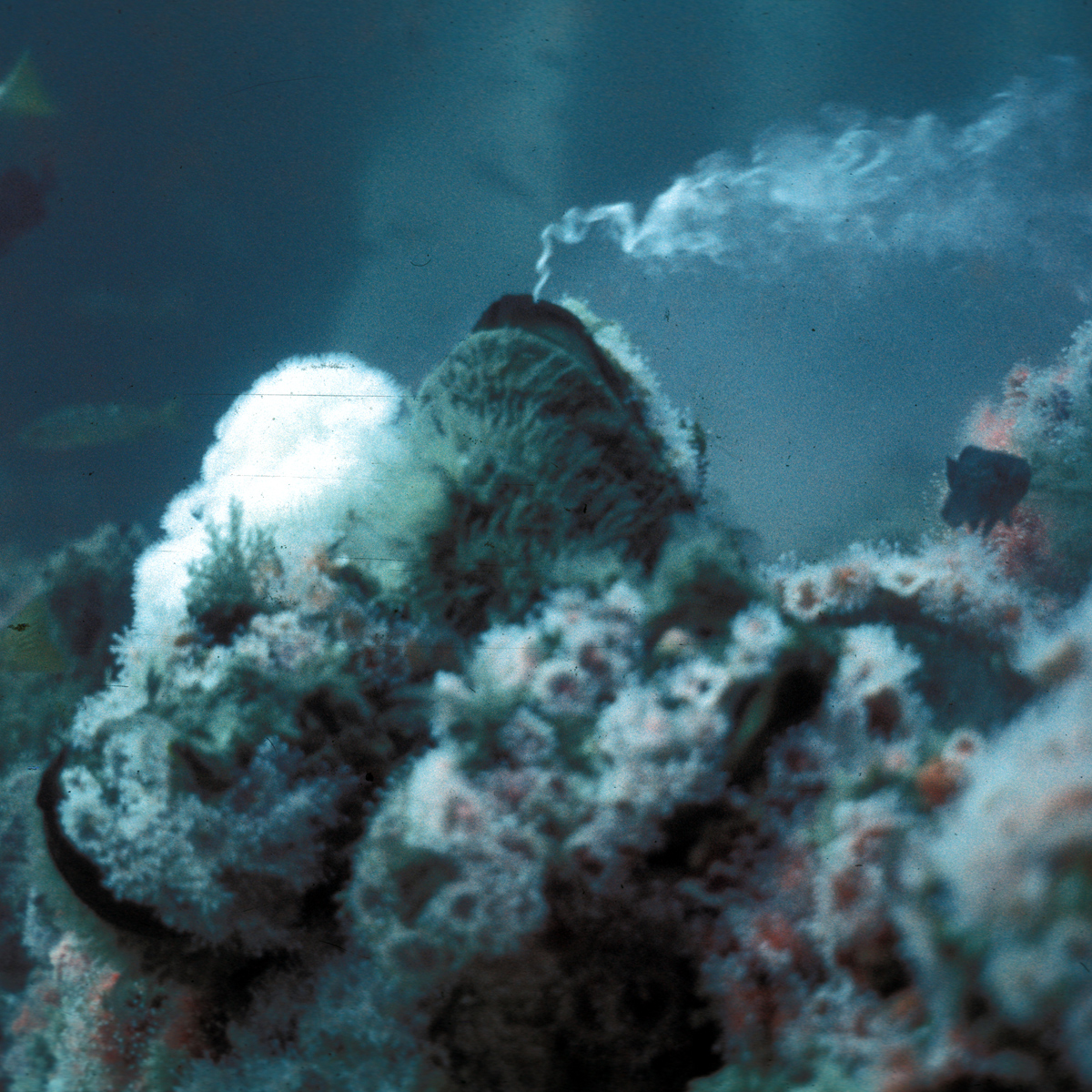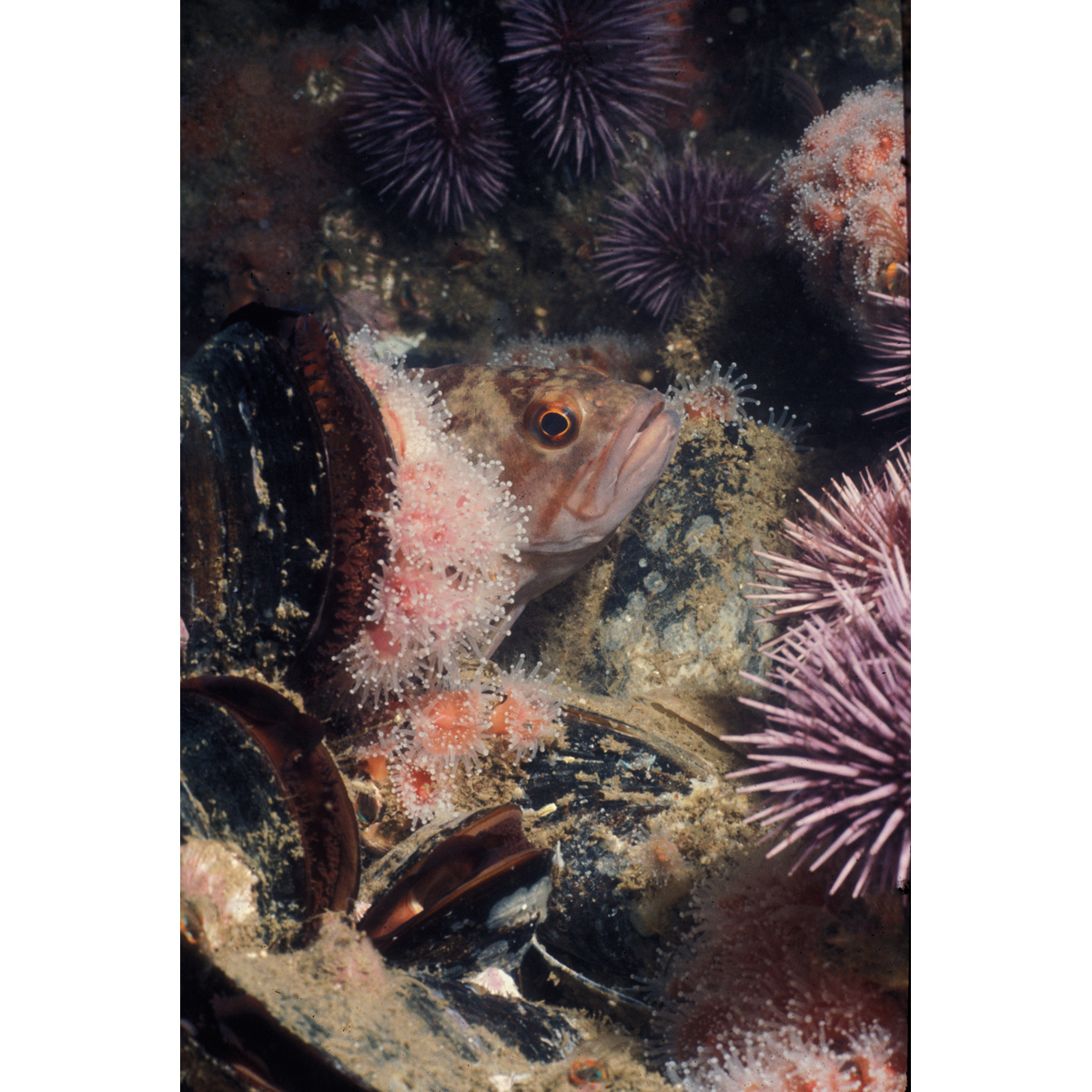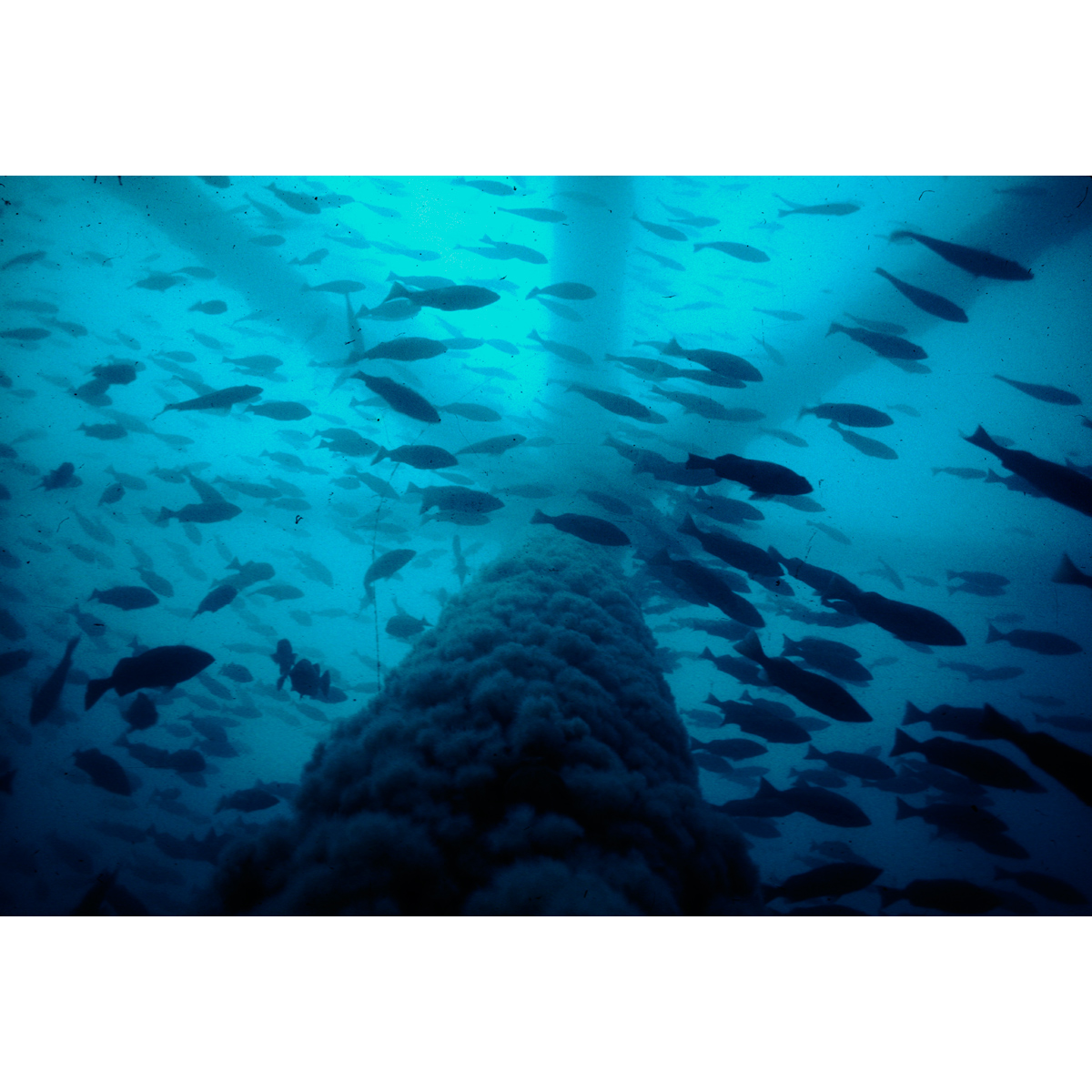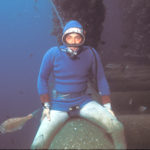
Every nature documentary must have its sex scene, and the night life beneath the offshore oil platforms of the Santa Barbara Channel is robust. Sperm, eggs and spat are constantly releasing into the currents. This contributes to the marine population of the platform; it also feeds and seeds the entire Channel. It increases the population of the natural reefs of the California Channel Islands, California shoreline and the Marine Sanctuary.

Compare the effect on population, how many children are launched into the world from a high rise apartment to a low density, 1o-acre minimum housing tract. The deepest of the offshore oil platforms in the Santa Barbara Channel, Platforms Hondo, Harmony, Heritage, Hermosa, Hidalgo, Harvest and Irene, are taller than New York’s Empire State Building.

Marine life congregates on rocks and hides in the shadows of a reef. The volume or area available for habitat is limited to the surface area of the outcrop, like the house in its 10-acre yard.

An offshore oil platform is analogous to the high-density, high-rise apartment. The entire depth of the Ocean, from surface to sea floor offers habitable structure on which to attach and shadows in which to hide. Millions of creatures live in the matrix and swim in the shadows.
If the jacket, steel structure of the platforms is removed, and the marine eco-systems destroyed as part of decommissioning, a rich, robust, diverse incubator of life for the Santa Barbara Channel goes with it.
